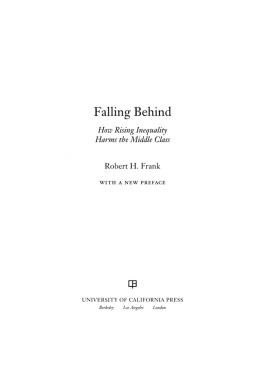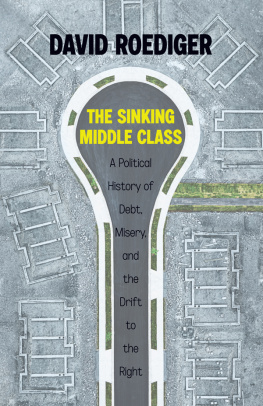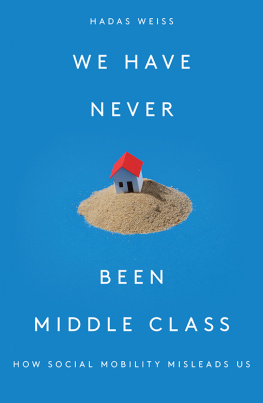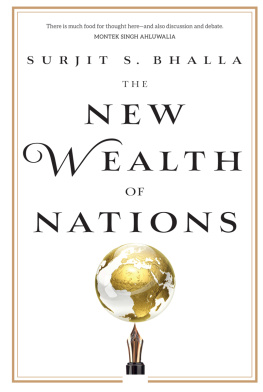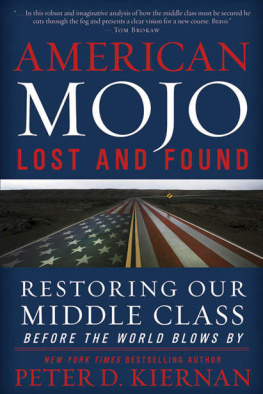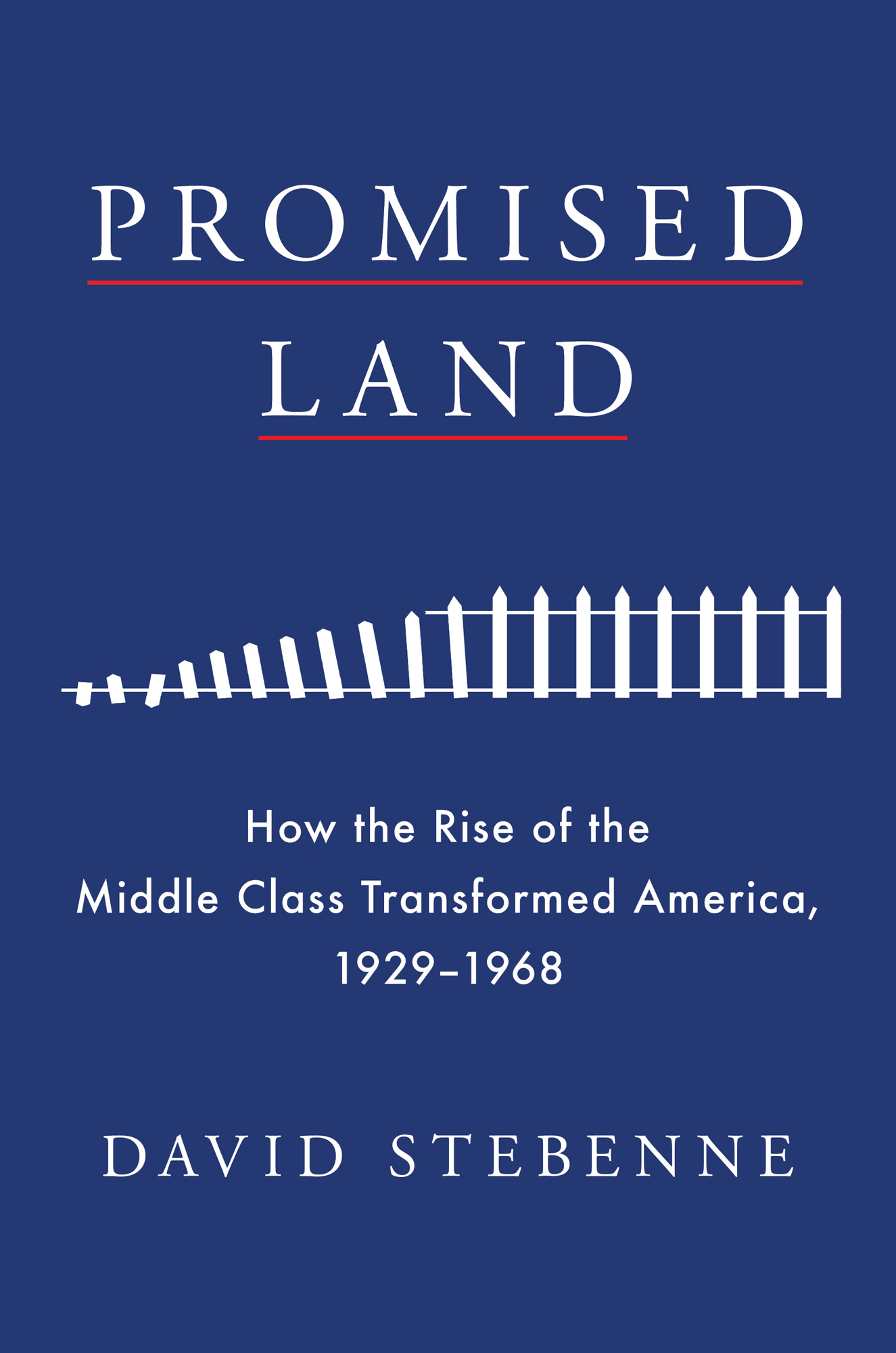Contents
Guide
Thank you for downloading this Simon & Schuster ebook.
Get a FREE ebook when you join our mailing list. Plus, get updates on new releases, deals, recommended reads, and more from Simon & Schuster. Click below to sign up and see terms and conditions.
CLICK HERE TO SIGN UP
Already a subscriber? Provide your email again so we can register this ebook and send you more of what you like to read. You will continue to receive exclusive offers in your inbox.
We hope you enjoyed reading this Simon & Schuster ebook.
Get a FREE ebook when you join our mailing list. Plus, get updates on new releases, deals, recommended reads, and more from Simon & Schuster. Click below to sign up and see terms and conditions.
CLICK HERE TO SIGN UP
Already a subscriber? Provide your email again so we can register this ebook and send you more of what you like to read. You will continue to receive exclusive offers in your inbox.

Scribner
An Imprint of Simon & Schuster, Inc.
1230 Avenue of the Americas
New York, NY 10020
www.SimonandSchuster.com
Copyright 2020 by David Stebenne
All rights reserved, including the right to reproduce this book or portions thereof in any form whatsoever. For information, address Scribner Subsidiary Rights Department, 1230 Avenue of the Americas, New York, NY 10020.
First Scribner hardcover edition July 2020
SCRIBNER and design are registered trademarks of The Gale Group, Inc., used under license by Simon & Schuster, Inc., the publisher of this work.
For information about special discounts for bulk purchases, please contact Simon & Schuster Special Sales at 1-866-506-1949 or .
The Simon & Schuster Speakers Bureau can bring authors to your live event. For more information or to book an event, contact the Simon & Schuster Speakers Bureau at 1-866-248-3049 or visit our website at www.simonspeakers.com.
Jacket design by Oliver Munday
Library of Congress Cataloging-in-Publication Data has been applied for.
ISBN 978-1-9821-0270-8
ISBN 978-1-9821-0272-2 (ebook)
To Karen and Ben
Introduction
O ne of the most unexpected developments of the twentieth century was the rise of the middle class as a defining feature of American society from the 1930s through the 1960s. So transformative was that overall experience that even some prominent historians working during that period came to believe that the USA had always been dominated by its middle class. Dominant groups tend to see their current situation as somehow natural and timeless. Only when a group holding sway is displaced by another do they see how misleading those assumptions had been. When the middle class began to fracture and stop growing in the later 1960s, those changes helped bring into clearer focus just what was most distinctive about the previous era.
Lets start with a definition of that often-elusive term middle class. Most Americans then and now would probably agree that it applies to people who cannot fairly be described as either rich or poor. In mid-twentieth-century America, the middle three-fifths of the income distribution, roughly speaking, fit that description. Inside that elastic category were prosperous families of blue-collar workers who toiled in such places as auto plants, coal mines, and steel mills, as well as families of lower-level white-collar workers such as accountants, civil servants, and reporters. Mostbut not allwere white, native-born, with no more than a grade-school education or a college degree paid for by the government in return for military service. They were people of modest means, but supported by steady jobs that enabled them to build and protect their economic security if they lived cautiously, which they typically did.
Their place in the middle class, we should bear in mind, had not simply been handed to them. That middle-class majority hadnt existed in the early decades of the twentieth century; it took an enormous effort to transform the country into a predominantly middle-class nation, at least for a while. Promised Land tells the story of how and why that transformation came about, what life was like during the heyday of the middle class, and why, beginning in the later 1960s, that process slowed down and eventually stopped.
Social conditions can be measured and characterized in many ways, and one of the trickiest is with averages. For example, a polarized society (in terms of income) has mostly really expensive homes and really cheap ones with relatively few homes in between. Calculating the average price of a home in that society wouldnt tell us much about what most of the housing actually costs. One of the most striking things about the rise of the American middle class was that averages became steadily more meaningful numbers because increasing numbers of people were grouped into that big bell-curve bulge in the middle, and outliers became steadily less numerous. In a country as big and varied as the USA, referring to average Americans can still be somewhat misleading, even during the height of the middle class, because even then there were a lot of exceptions. Belonging to the majority group or sharing in the majority experience are phrases that capture better what is meant by average in that time and are preferred in this book.
The rise of the middle class also meant more than having a certain level of income or amount of accumulated wealth. Being middle class described a state of mind and a way of life, and so the story told here explores not just the economic aspects of that change, but also the interrelated political, social, and cultural factors.
Thus, almost all of those in the middle-class majority were mainline Protestant, Catholic, or Jewish peoplemorally traditional, though usually not extremely so. Politically, they tended to be either Democrats or Republicans and typically leaned more toward the center of their party than toward its wings. Patriotic and populist, they tended to embrace middlebrow messages in books, movies, radio, and TV. Though worldly in some ways, not many people in that middle three-fifths saw the inside of an opera house, or a juke joint in the Deep South. In short, the middle class, in its heyday, tended to stick to the middle of the road, economically, politically, socially, and culturally. Its members prized a sense of belonging, taking pride in their families, neighborhoods, communities, and country. One of the great questions about this phenomenon is to what degree the middle class of the mid-twentieth century, and especially its preference for the group ethos over individualism, was shaped by government policy and corporate strategy, and to what degree the middle class and that preference were rooted in the peoples wish to find more common ground, growing out of such seismic historical upheavals as the Great Depression, World War II, and the Cold War. Certainly, all of these factors were relevant, and part of the shared experience of most Americans, but their relative influence can be debated.
As much as we think about the mid-twentieth-century middle class as conformist, it was neither monolithic nor completely homogeneous. Its easy to think of the history of the middle class as the history of the white middle class, and while that perception isnt entirely wrong, the reality was more complex. Without doubt, the various mechanisms that fueled the rise of the middle class in the middle of the last century were all geared toward improving the lives of the majority group, which generally meant white people of European ancestry. Even as the middle class expanded and carried other kinds of people into it, such as some African Americans, Asian Americans, and Latinos, these more marginalized populations were never central to policymakers or corporations calculations and tended to participate in the rise of the middle class much less equally. During the heyday of the middle class, Americans did come to have more in common, but they still tended to live apart, segregated into groups based on such things as race, ethnicity, and religion. The majority experience, even within the middle class, was never the same for everyone.


